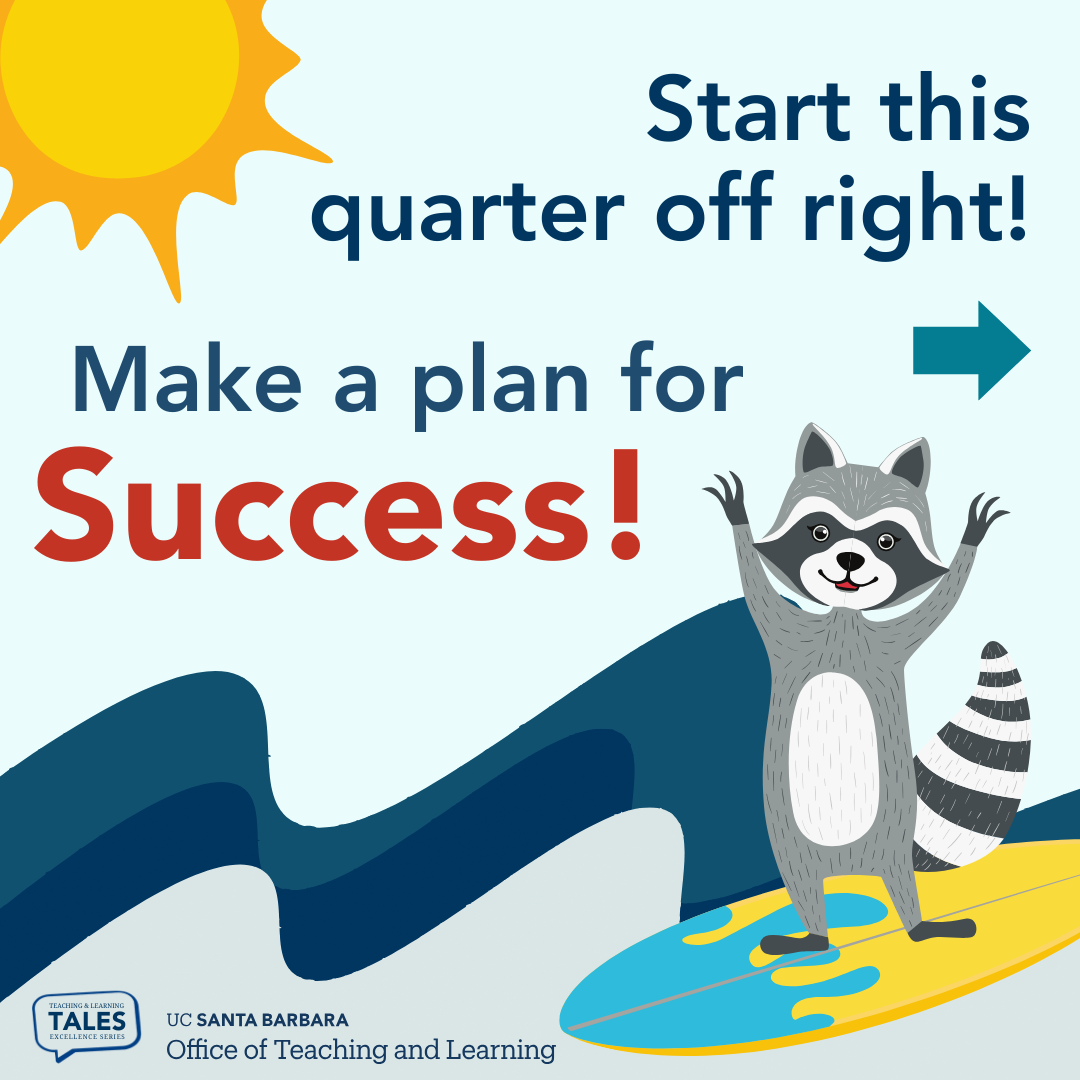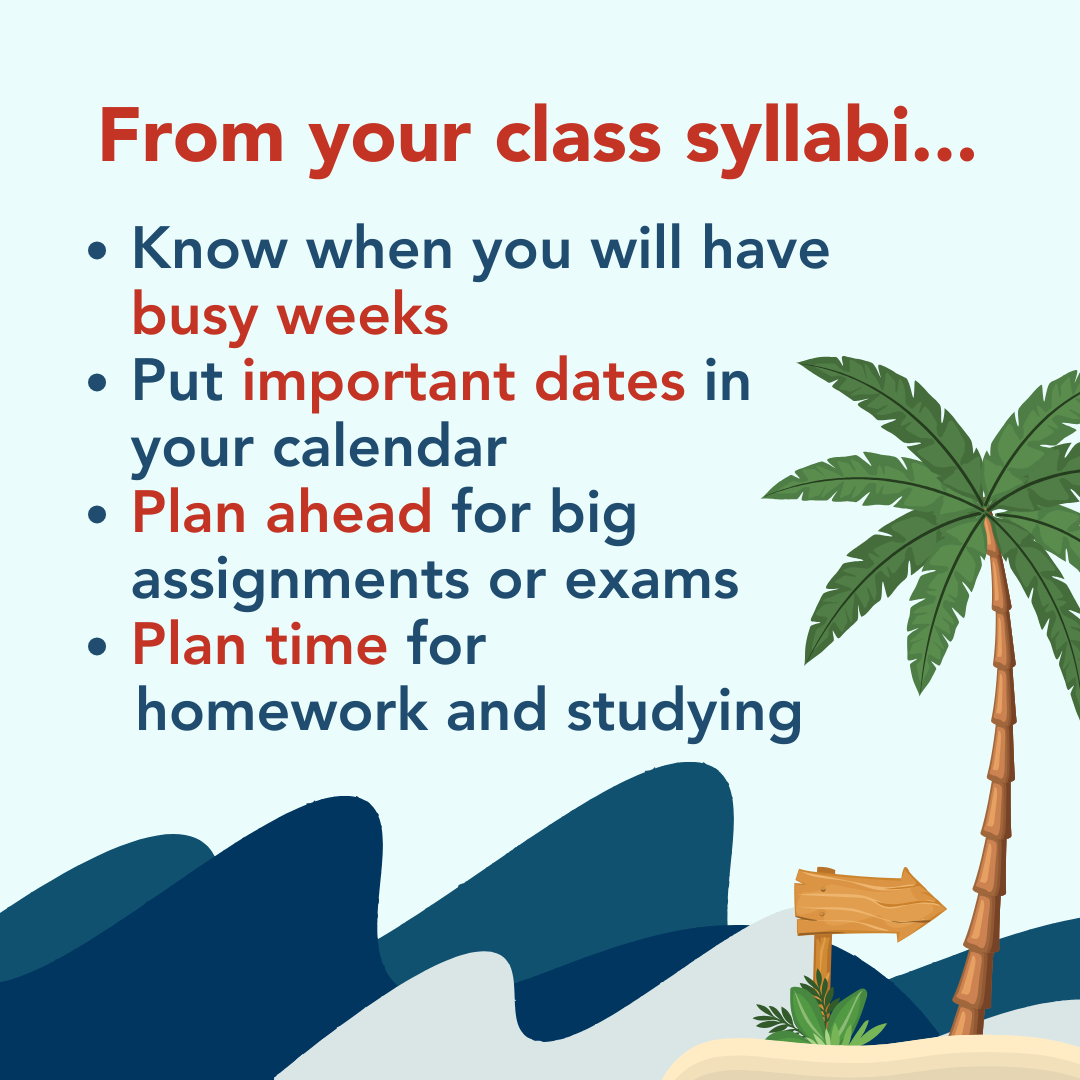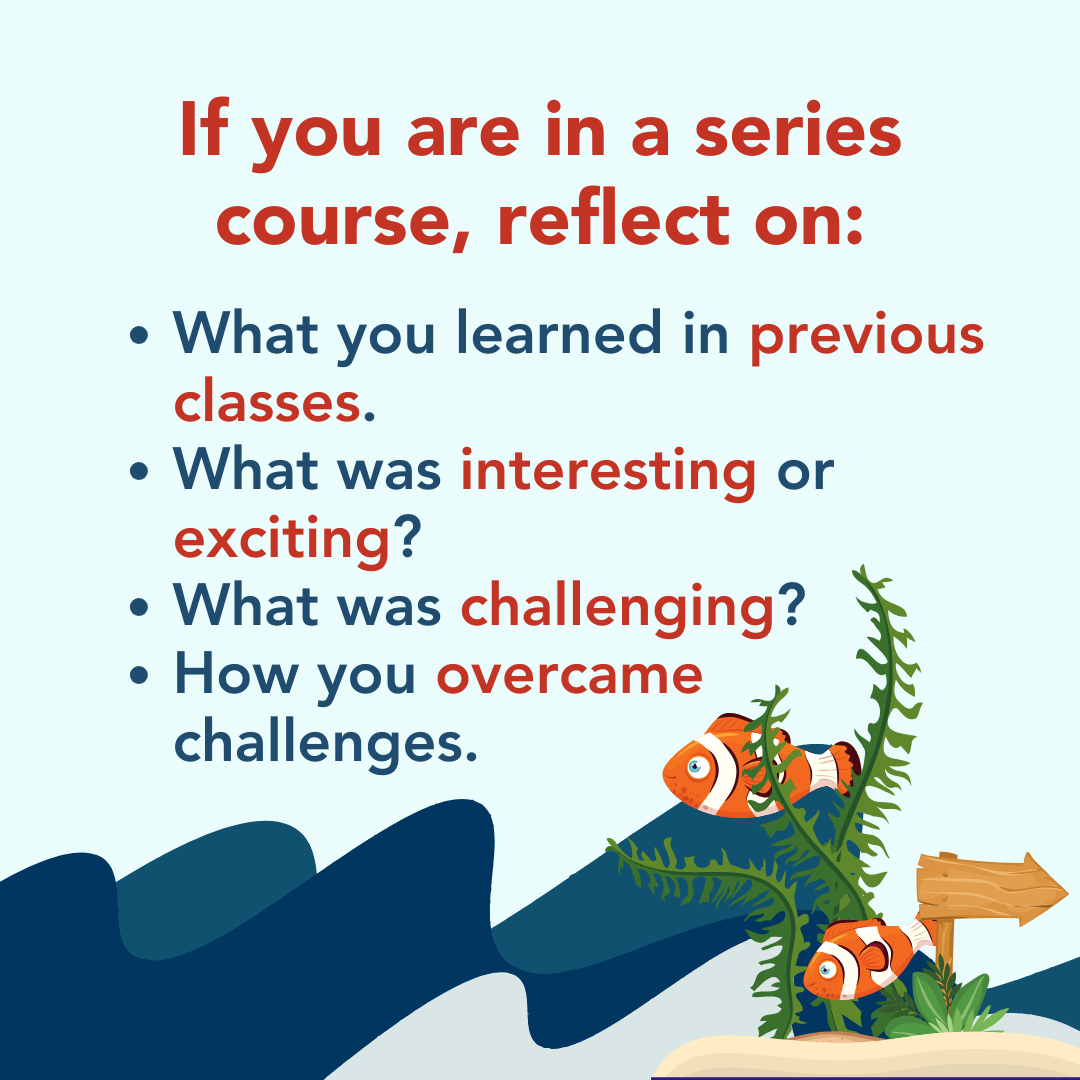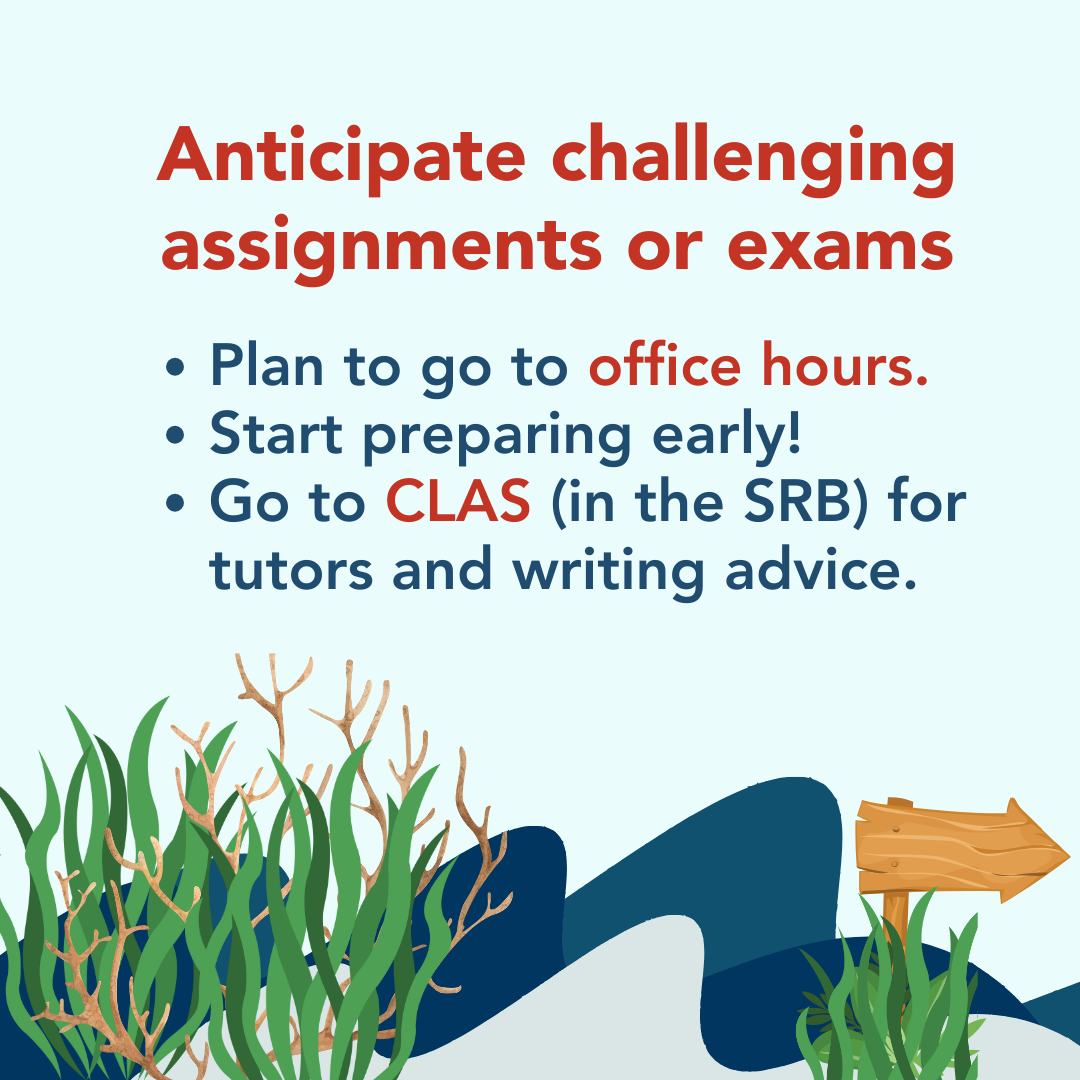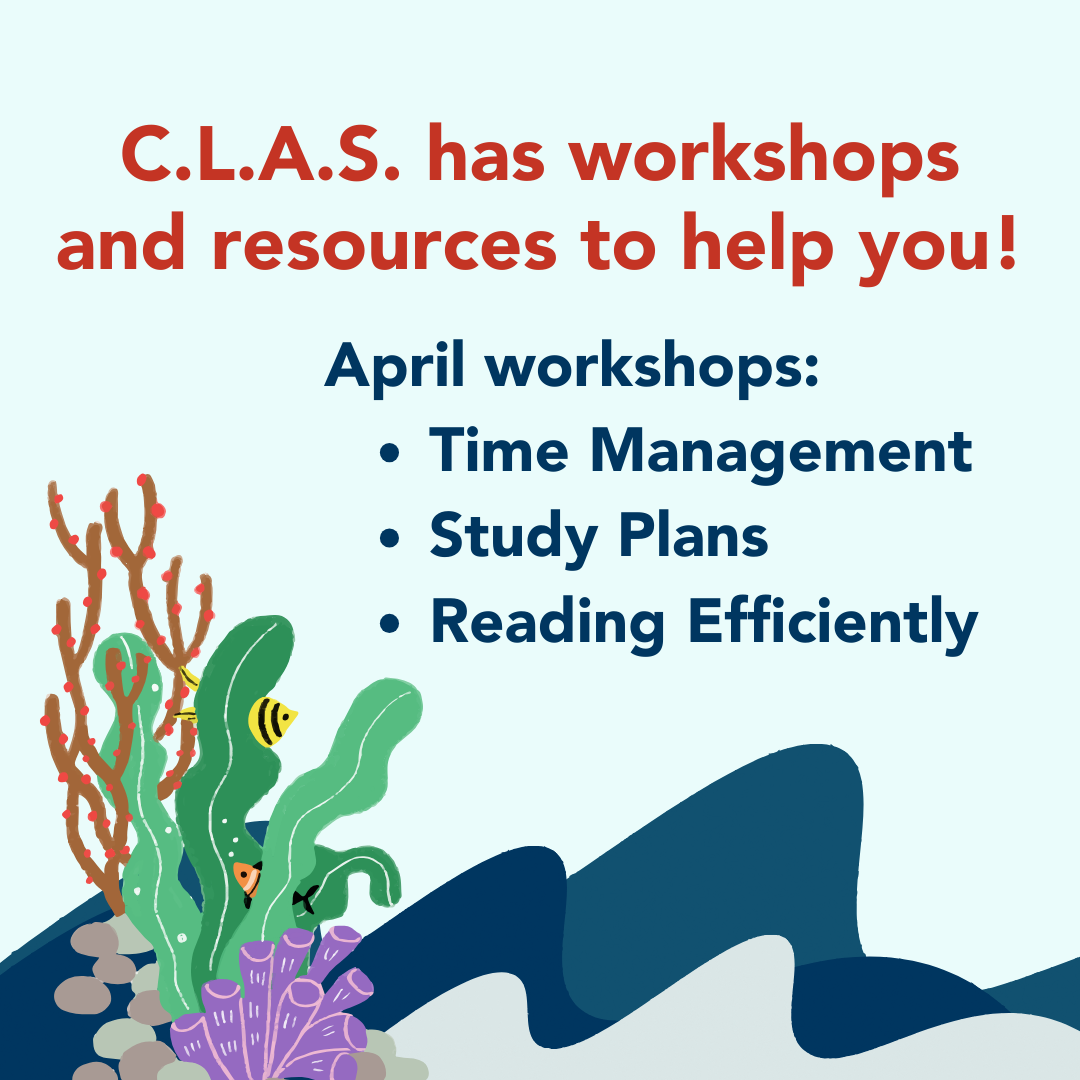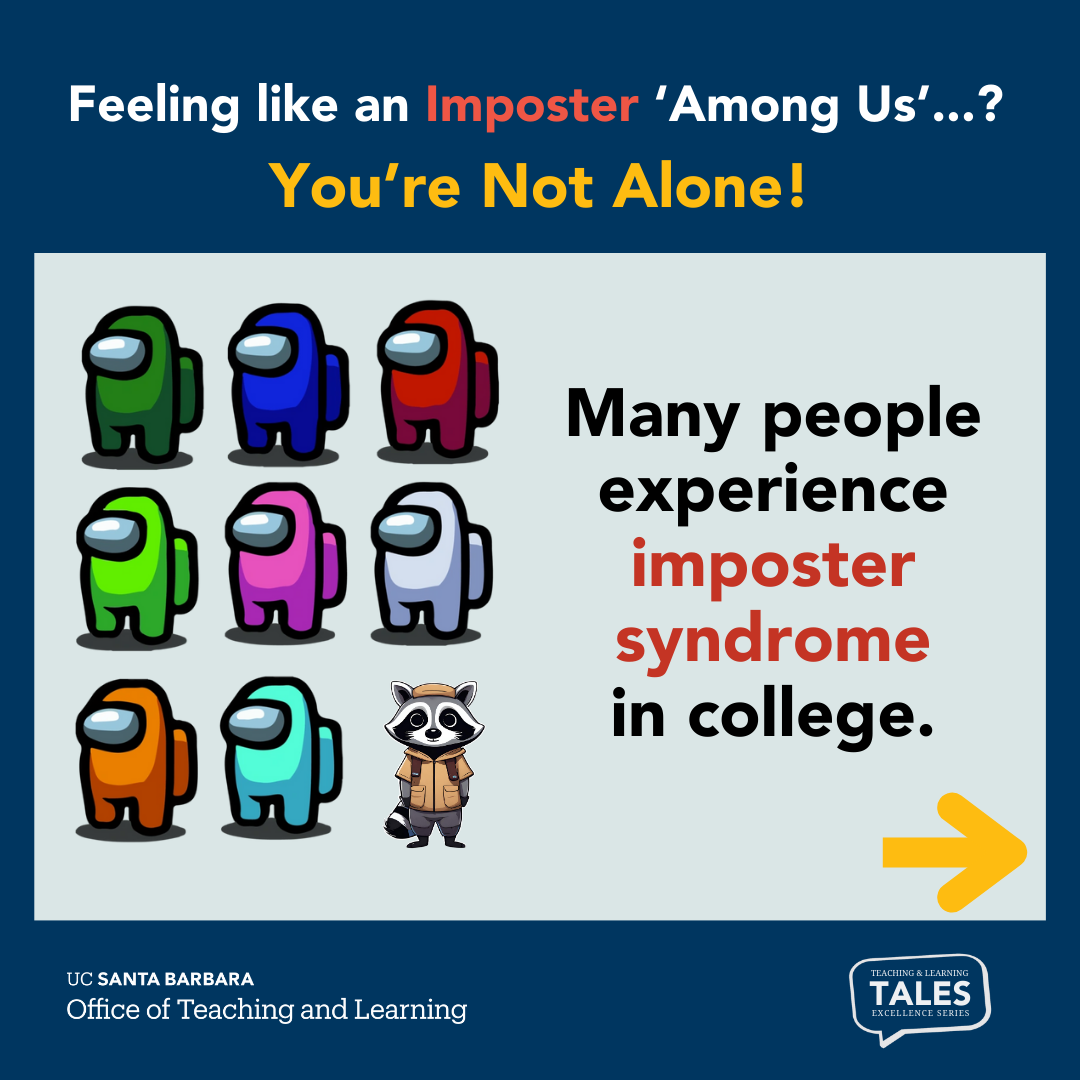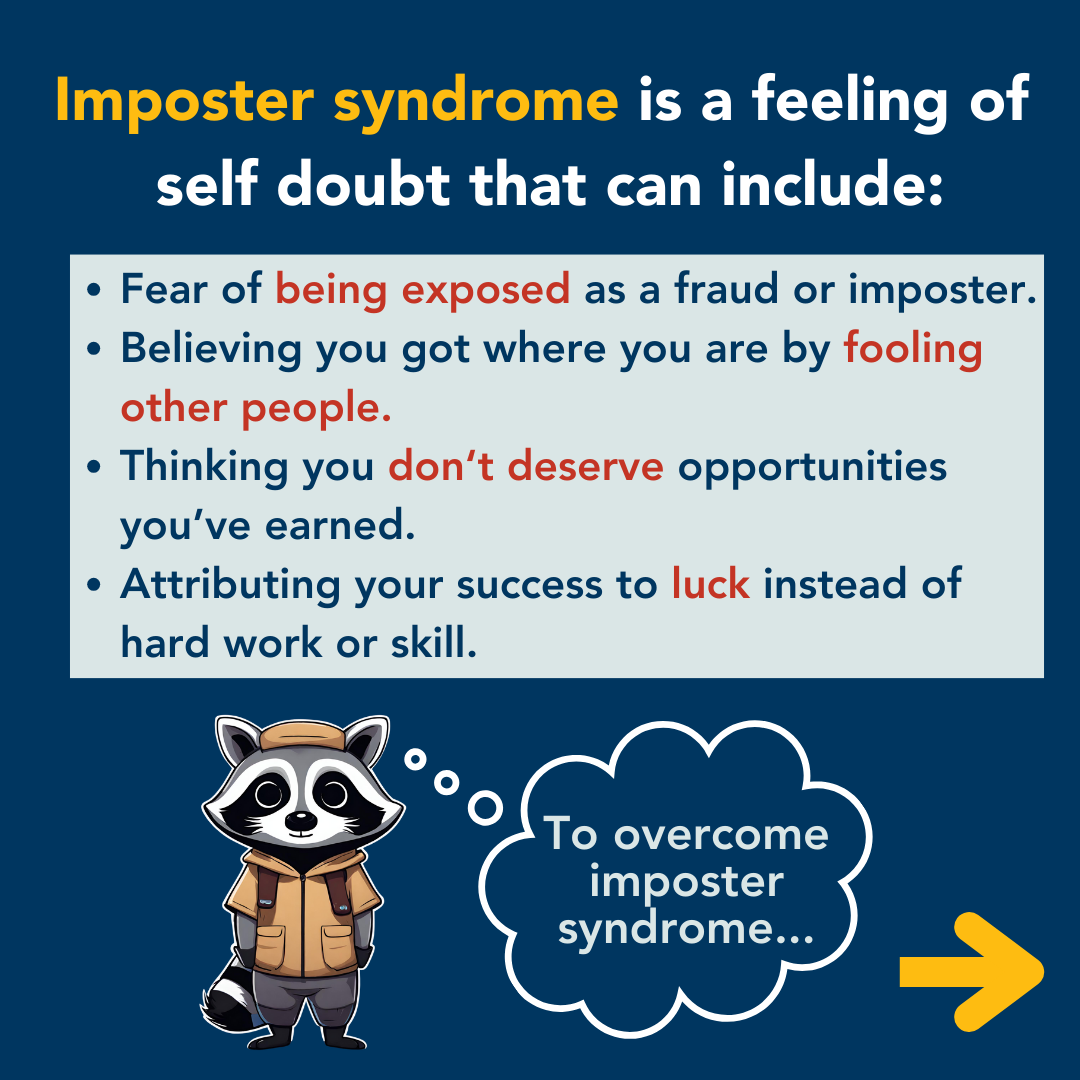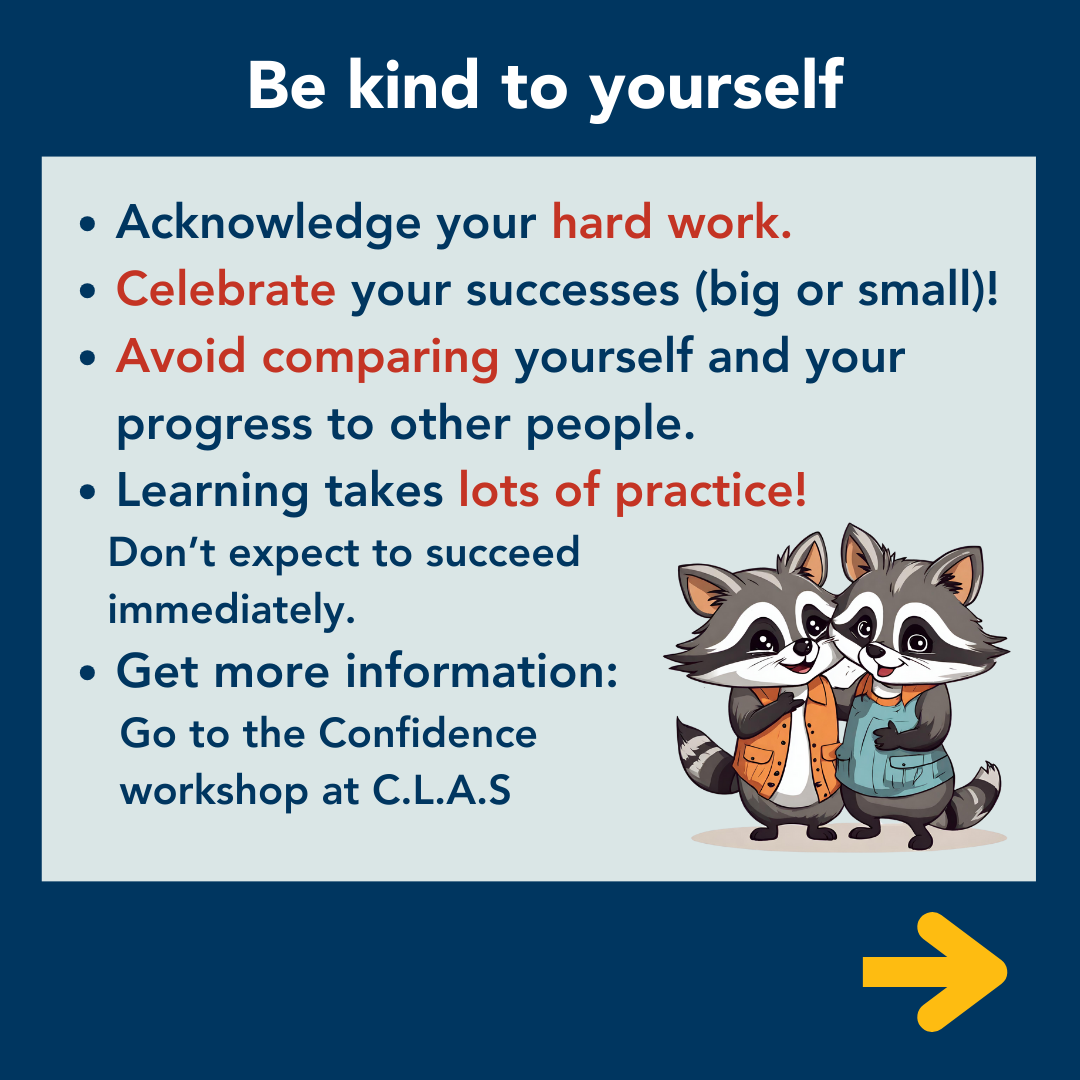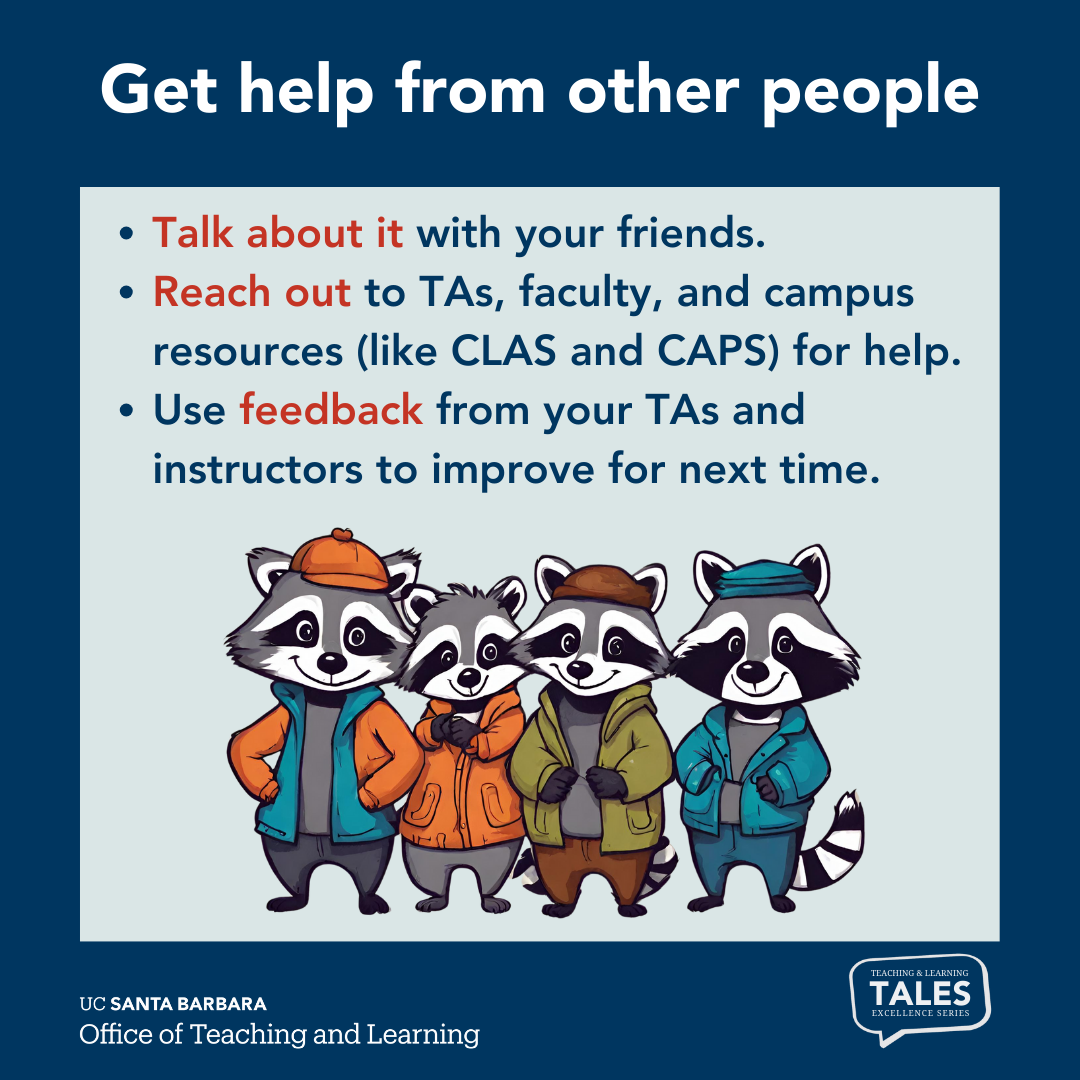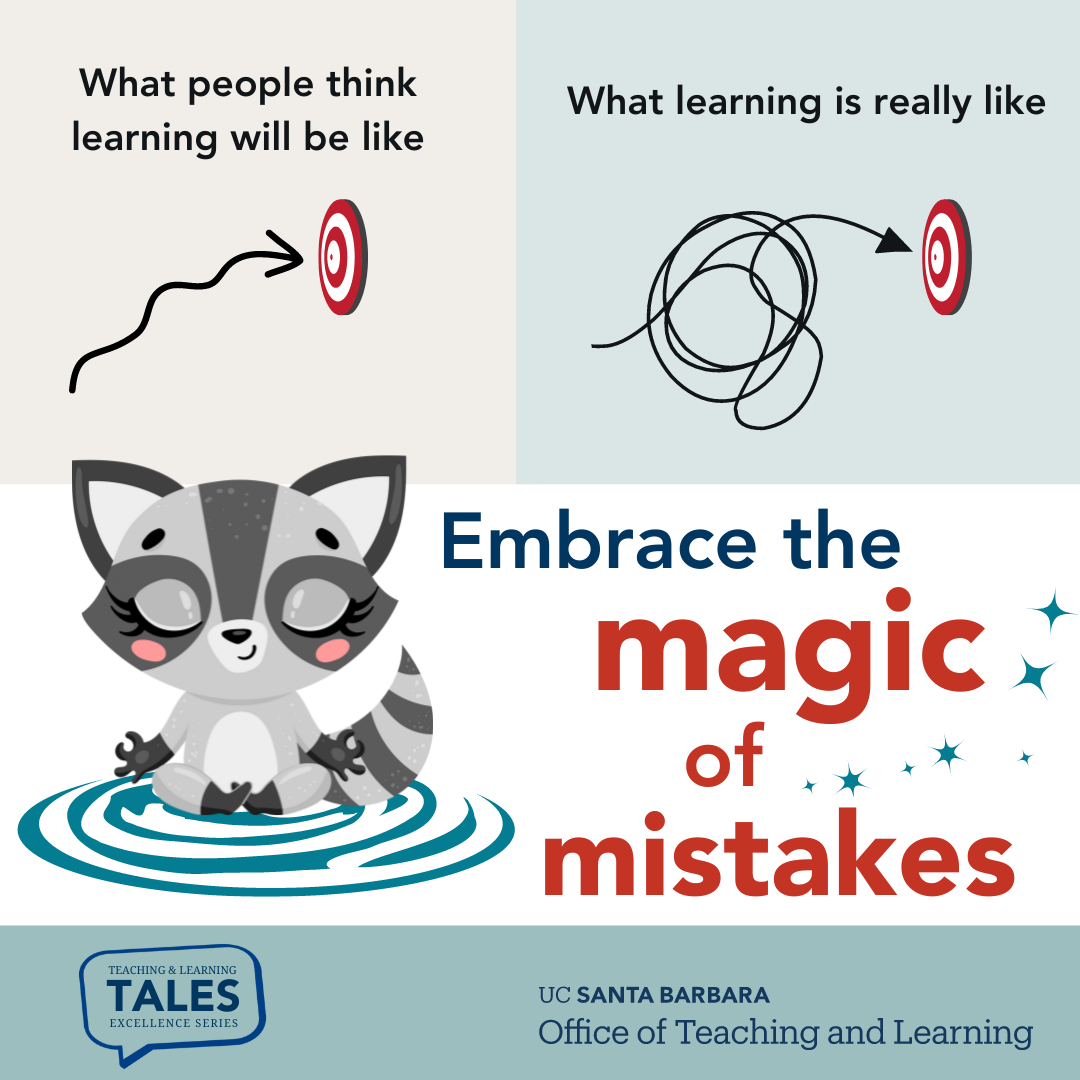Instructors: Build students’ capacity to learn via mistakes
Making mistakes is a natural and integral part of the learning process. For example, as caregivers to babies and children, we encourage mistakes as they learn to walk, talk, read, and tie shoelaces. Watching them fall down, struggle with pronunciation, and get their fingers tangled in the laces become special memories that build the child’s self-confidence and capacity to learn via mistakes. However, as children grow up, their mistakes are not always viewed in a positive way - including in the school system, where mistakes are often penalized instead of promoted. By the time the children grow into young adults and attend university, some of them equate “mistakes” with “failure” instead of "learning opportunities". They may be too worried about making mistakes to engage with the learning process in emotionally healthy ways.
As adults, we come to understand that engaging in the process of learning is more important - and more satisfying - than focusing on doing things perfectly the first time. That process includes mistakes, errors, misconceptions, struggle, practice, and time. We know from our own experiences that when we embrace struggle and see it as an opportunity to grow intellectually, emotionally, socially and/or physically, learning can begin to feel almost magically satisfying.

Important Resources for Instructors About the Magic of Mistakes
As instructors we have a responsibility to bring the process of learning to the forefront of our courses and interactions with students. We can help students embrace the magic of mistakes by explicitly showing how we make mistakes and resolve them as natural, important, and non-punitive aspects of learning. Try the following strategies in your courses to create a learning environment in which making “mistakes” is a normal and valuable element of learning.
These resources are also now available on our UCSB Teaching Tips Instagram and Facebook accounts.
- Ways that you can Normalize Mistake Making for your students (PDF)
- A 3-minute inspirational TALES video featuring students, TAs and Faculty talking about grades and the importance of the learning process (also embedded above).
- Use Instructor Talk to encourage students’ sense of capacity as successful learners. (PDF)
- Build Students’ Confidence in Learning via Mistakes (PDF)
- Help students use mistakes on their exams and assignments to improve their learning skills by copying and modifying this Exam Wrapper Google document for your class. Thank you to Mike Wilton and Eduardo Gonzalez in MCDB for sharing this resource.
- Pause mid-quarter to help students reflect and plan for a successful end to the term! (copy and edit these Google Slides for your course)
Students: Learning from mistakes can be your superpower
Mistakes are a natural, important, and inevitable part of the learning process. If you think back over your experiences, no matter what subject or skill you were learning, you probably really began to internalize it when you noticed and corrected your mistakes by practicing it repeatedly. Working through mistakes and embracing struggle were also integral to building your self-confidence and emotional resilience - and probably were vital in getting you to UCSB.
You can leverage your already proven ability to learn via mistakes as a superpower for studying by using the strategies below!
- A study by Wong and Lim (2022) found that when students intentionally made mistakes as they studied, and then corrected those mistakes, they had better learning results than copying and underlining, making concept maps and/or summarizing things in their own words. The article summary in Psychology Today gives the following example, “for ‘Bats are mammals that fly,’ an acceptable response would be, ‘Bats are
birds(mammals) that fly.” - As you study, try to name or categorize your mistakes so you have a clearer view of what is happening in your brain and a better idea of how to correct the mistakes.
Mistakes
Caused by carelessness, lack of concentration or just forgetting something. Acknowledge it, and then try again.
Errors
Often caused by a mistake that is carried on; could also be a lack of knowledge or partial misunderstanding. Try reviewing your notes, asking a classmate, going to office hours, or talking to someone at CLAS.
Mis-conceptions or different-conceptions
It could be that a deeply ingrained skill, idea, bias, or assumption that underlies your understanding of, and/or approach to, the topic is interrupting your ability to see it clearly. Consider outlining your perspective or approach to other students and/or your instructor or TA to determine where you are coming from, and where the interruption may lie.
Below are some of the social media posts we created for you to help you embrace the magic of mistakes in your learning journey. They are distributed to students via our partners' social media sites: ONDAS, TSC, CLAS, the Library and others!
Thank you to Alice Nguyen in EEMB for allowing us to use and modify content she and her students made to support the Introductory Biology courses.
References
Chandler-Grevatt, A. (2021, April 5). Mistakes, errors and misconceptions: 6 ways to develop your assessment skills [Education]. Education in Chemistry - Royal Society of Chemistry.
Seale, C. (2021, April 18). Cult of Pedagogy. The Magic of Mistakes: 4 Ways to Boost Critical Thinking with Mistake Analysis.
Wong, S. S. H., & Lim, S. W. H. (2022). Deliberate errors promote meaningful learning. Journal of Educational Psychology, 114(8), 1817–1831.
